As a bassist, I’m always on the lookout for new pedals that can enhance my sound. One effect that I’ve been curious about is the envelope filter. In this article, I’ll be discussing what a bass envelope filter does, how to use it, where to place it in your pedal chain, and the best envelope filter pedals on the market. Specifically, I’ll be taking a closer look at the MXR Bass Envelope Filter and whether or not it’s worth the investment.
What does a bass envelope filter do? – An overview of a classic analog envelope filter pedal
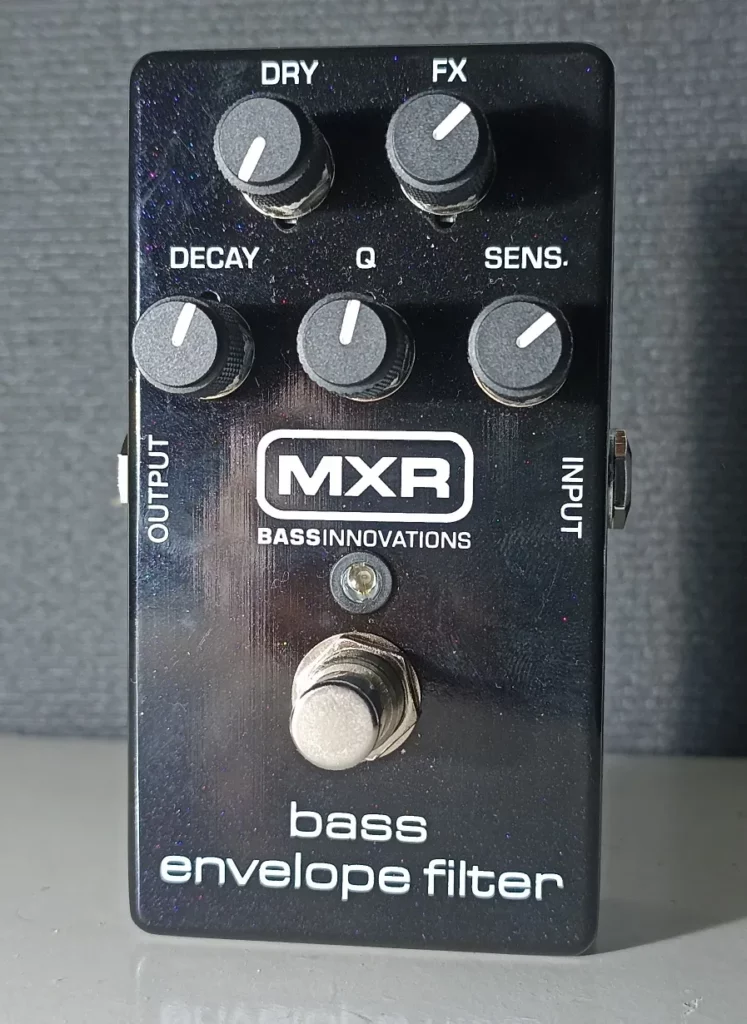
A bass envelope filter is an effect that modifies the sound of an instrument by sweeping a filter up or down in response to the notes played. This creates a “wah” or “quack” sound that can be used to add texture, funkiness, and expressiveness to your playing. The envelope filter effect gets its name from the fact that it responds to the “envelope” of the sound, which includes the attack, sustain, and decay of the notes played.
Mounting A Bass envelope filter to your pedalboard
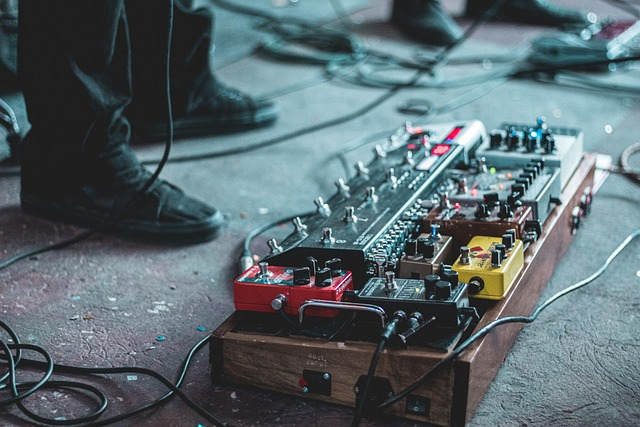
Mounting a bass envelope filter pedal to a bass guitar pedalboard is a straightforward process that requires a few simple steps. Here’s how to do it:
1. Choose the location: Decide where on the pedalboard you want to place the envelope filter pedal. Typically, pedals are arranged in a row from left to right, but you can arrange them in any way that suits your playing style.
2. Prepare the pedalboard: If your pedalboard has Velcro strips, attach one side to the bottom of the envelope filter pedal. If your pedalboard has holes for screws, place the pedal on the board and mark the holes with a pencil.
3. Attach the pedal: If you’re using Velcro, press the pedal firmly onto the board to adhere it. If you’re using screws, drill pilot holes into the board, then screw the pedal into place.
4. Connect the cables: Connect one end of a patch cable to the output of the envelope filter pedal and the other end to the input of the next pedal in your signal chain. Repeat this process for all your pedals until your signal chain is complete.
5. Power up: Connect a power supply to the pedalboard and plug in the power cable for the envelope filter pedal.
6. Test the pedal: Turn on your amp and test the envelope filter pedal by adjusting the settings and playing your bass guitar. Make sure the pedal is working properly and that the sound is what you’re looking for.
Once you’ve completed these steps, your envelope filter pedal should be securely mounted to your bass guitar pedalboard and ready to use.
What are the Best Envelope Filter Pedals?
There are a lot of bass envelope filter pedals on the market, but here are some of the best ones:
MXR M82 Bass Envelope Filter (Best Value)
The MXR M82 Bass Envelope Filter is a great choice for bassists looking for an affordable, versatile, classic analog envelope filter. It works perfectly with both passive or active basses and it features a simple and intuitive control layout with knobs for sensitivity, decay, Q, and a separate dry-/wet mix. It also has a switch for selecting between hi-pass, band-pass, and low-pass filter modes. The M82 has a warm and organic sound that works well for funk, R&B, and rock.
The true bypass switching preserves the quality of your signal chain when the effect isn’t activated which is always good to see. Many other pedals with a bypass mode don’t always do this but you can be assured that the integrity of your effected and direct signals with be fine with this pedal.
Compact pedal designed specifically for busy musicians
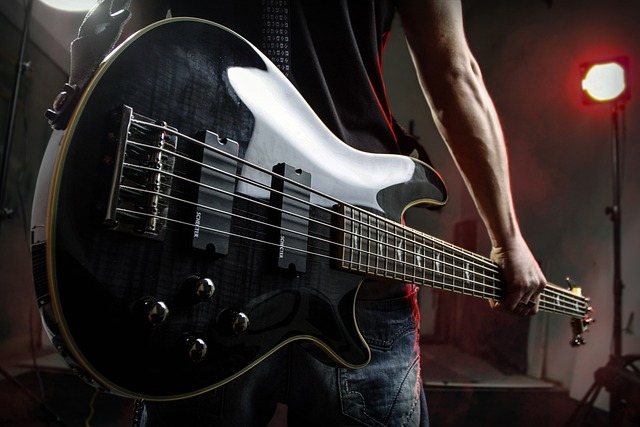

The MXR M82 Envelope Filter pedal’s compact design offers several benefits to bass players. Firstly, its small size and pedalboard space-saving dimensions make it easy to fit onto small pedalboards, which is useful for bass players who need to travel between gigs, studios, and rehearsals. Secondly, its compact size means that it takes up less space on the pedal board, leaving more room for other essential effects pedals.
Additionally, the MXR M82’s compact design makes it easy to operate, with simple, intuitive controls that allow for quick and easy adjustments to the filter’s settings. Overall, the MXR M82 Envelope Filter pedal’s compact design makes it a highly versatile and portable option for bass players who need a reliable and easy-to-use filter effect.
Source Audio Spectrum Intelligent Filter (Our Pick)
The Source Audio Spectrum Intelligent Filter is a powerful and innovative envelope filter that offers a wide range of tonal options. It features a 21 filter modes that can be tweaked and saved using the Neuro Desktop Editor software. It also has a variety of expression pedal and MIDI control options. The Spectrum has a clean and precise sound that works well for modern and experimental styles.
One of the biggest pros of this pedal is its flexibility, allowing for a wide range of tones and sounds to be achieved. The pedal also features an easy-to-use interface and customizable presets.
However, one potential downside of the pedal is its cost, which may be higher than other filter pedals on the market. Additionally, some users have reported that the pedal can be difficult to dial in, requiring some experimentation to find the right settings. Overall, the Source Audio Spectrum Intelligent Filter pedal is a great option for those looking for a versatile and customizable filter pedal, but may not be the best fit for those on a tight budget or those looking for a more straightforward filter pedal.
Mojo Hand Wonder Filter (Most Unique)
The Mojo Hand Wonder Filter is a boutique envelope filter that offers a unique and quirky sound. It features a switchable wah mode that can be used to create vowel-like sounds. It also has a “funk” switch that adds an octave-up effect to the filter sweep. The Wonder Filter has a lo-fi and vintage sound that works well for psychedelic and indie music.
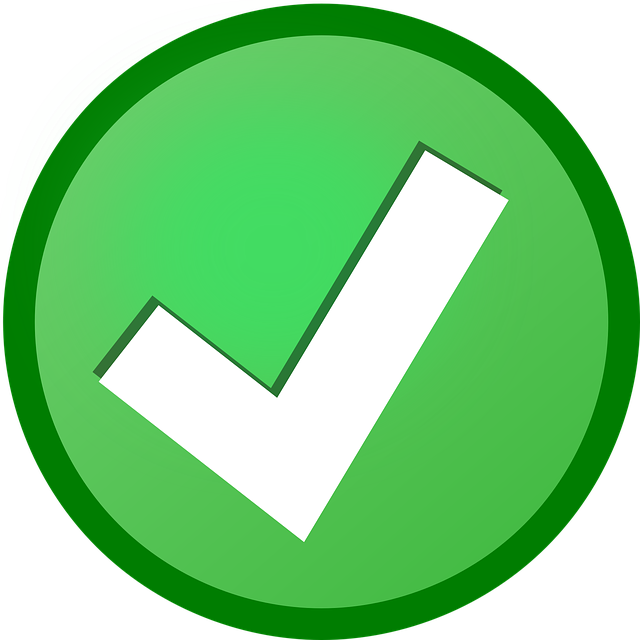

Pros:
Adds a unique and versatile filter effect to your bass guitar filter tones
Three different filter modes to choose from (LPF, BPF, and HPF)
Simple and intuitive control layout with a nice feel to the sensitivity knob controls
True bypass design for preserving your guitar tone when the pedal is disengaged
Hand-built in the USA with high-quality components
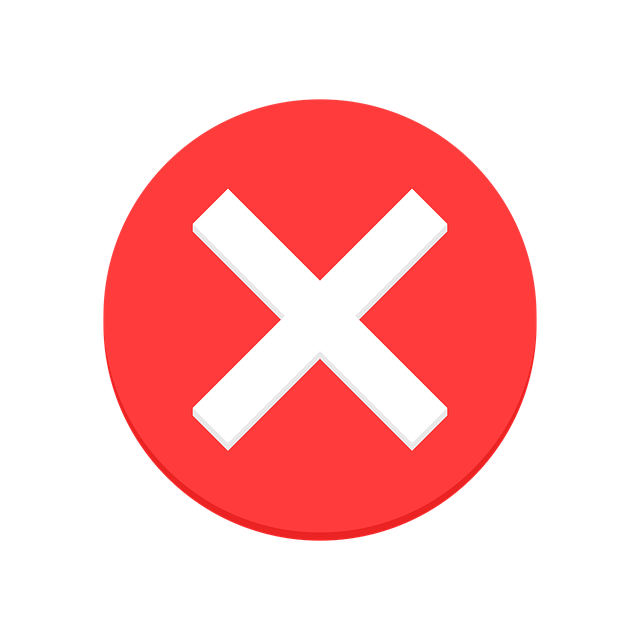






Cons:
Relatively expensive compared to other filter pedals on the market
No MIDI or expression pedal input for more advanced control options
Not suitable for all genres of music or playing styles
Some users have reported issues with noise and hum when using the pedal
Requires a 9V DC power supply (not included)
Pigtronix Envelope Phaser
The Pigtronix Envelope Phaser is a hybrid envelope filter and phaser pedal that offers a wide range of modulation options. For this reason, it’s one of the more diverse and higher utility envelope filter pedals money can buy.
It features a 4-stage phaser circuit and a 6-stage envelope follower that can be used independently or combined. It also has a “staccato” switch that adds a choppy effect to the filter sweep. The Envelope Phaser has a rich and dynamic sound that works well for prog and experimental music.






Pros:
Unique envelope phasing effect that responds dynamically to your playing
Can create subtle, swirling textures or more intense, funky sounds
Blend control allows you to mix in your dry signal for added clarity and definition
Compact size fits easily on a pedalboard
True bypass switching preserves your tone when the pedal is not in use







Cons:
Can be difficult to dial in the right settings for your specific playing style
May not be as versatile as other modulation pedals on the market
Higher price point compared to some other phaser pedals
Requires a power supply (not battery-operated)
Earthquaker Devices Spatial Delivery V2
The Earthquaker Devices Spatial Delivery V2 is a versatile and quirky envelope filter that offers a unique and characterful sound. It features a 3-mode filter with high-pass, band-pass, and low-pass options. It also has a “sample/hold” switch that freezes the filter sweep at a certain point. The Spatial Delivery has a lo-fi and unpredictable sound that works well for noise and experimental music.






Pros:
A versatile pedal that offers a wide range of filter effects, from classic envelope filter tones to more experimental sounds.
The pedal features an intuitive control layout that is easy to use and offers a lot of creative potential.
The pedal has a compact and durable design, making it a great option for gigging musicians or those with limited pedalboard space.
The pedal offers a true bypass, ensuring that your signal remains unaltered when the pedal is not engaged.
The pedal is hand-built in the USA and features high-quality construction and components.







Cons:
The pedal may be too complex for some users, and it may take some time to fully understand all of its features.
The pedal is relatively expensive compared to some other envelope filter pedals on the market.
The pedal may not be suitable for all styles of music.
The pedal may not offer enough customization options for some users, as it only has a limited number of controls.
The pedal may not be suitable for beginners, as it requires some knowledge of signal routing and effects pedals.
Source Audio SA127
The Source Audio SA127 is a compact and affordable envelope filter that offers a variety of presets and control options. It features a 4-mode filter with hi-pass, band-pass, low-pass, and phaser options. It also has a variety of envelope control modes, such as “up/down,” “peak,” and “trigger.” The SA127 has a clean and precise sound that works well for funk, pop, and rock.






Pros:
Wide range of tone shaping options, including 7-band graphic EQ and multiple distortion types
Preset saving feature allows for quick and easy switching between settings during live performances
Compact and durable design makes it easy to fit on a crowded pedalboard and withstand the rigors of touring
MIDI compatibility allows for even more customization options and integration with other MIDI-enabled gear
True bypass ensures clean signal when the pedal is not in use







Cons:
Price point may be too high for some bass players on a budget
Learning curve for fully utilizing all the features and settings may be steep for some users
Lack of battery power option means it must be powered by an external power supply, adding to the overall cost
Some users may prefer a more traditional bass overdrive or distortion sound, making the SA127’s versatility less appealing
May not be as well-suited for players who prefer a minimalist approach to their pedalboard setup.
Aguilar Filter Twin
The Aguilar Filter Twin is a high-end and professional-grade envelope filter that offers a warm and musical sound. It features two independent filters that can be used in series or parallel. It also has a “blend” knob that allows you to mix the dry signal and filtered signal. The Filter Twin has a smooth and natural sound that works well for jazz, fusion, and soul.






Pros:
Provides a wide range of tonal options to shape your sound
Includes two independent filters that can be used separately or combined
Offers both high-pass and low-pass filters for maximum flexibility
Built with high-quality components for durability and reliability
Can be used with both passive and active basses
Compact size and lightweight design make it easy to fit onto any pedalboard
True bypass switching ensures that the pedal does not color your tone when it is turned off







Cons:
Can be expensive compared to other bass pedal options
Learning to use the pedal’s various controls and settings may take some time for beginners
May not be suitable for players who prefer a simpler, more straightforward bass sound
Some users may find the pedal’s sound to be too “colored” or artificial, especially when using extreme settings
Overall, the Aguilar Filter Twin pedal is a powerful and versatile tool for bass players looking to fine-tune their sound. While it may not be the best choice for players who prefer a more basic approach to tone shaping, its wide range of features and high-quality construction make it a top contender for serious bassists.
BOSS AW-3 Dynamic Wah
The BOSS AW-3 Dynamic Wah is an auto-wah pedal that can be used as an analog envelope filter sounds well. It features a variety of wah modes, such as “classic,” “rich,” “vintage,” and “envelope.” It also has a “humanizer” knob that adds a random variation to the filter sweep. The AW-3 has a dynamic and expressive sound that works well for funk, reggae, and rock.






Pros:
Versatile pedal that can function as both a wah and a dynamic filter
Offers a range of wah effects, from classic to modern
Can be used with both guitar and bass
Built-in overdrive adds extra grit and distortion to your tone
Can be powered by battery or AC adapter
Durable and reliable BOSS construction







Cons:
Some users may find the dynamic filter effect to be too subtle
Not as customizable as some other wah pedals on the market
Does not include an expression pedal for manual control of the effect
May not be suitable for all genres of music
Is an auto-wah an envelope filter?
An auto-wah is a type of envelope filter that is triggered by the volume and dynamics of the input signal, rather than a foot pedal or expression pedal. The term “auto-wah” is often used to describe pedals that have an envelope filter mode, such as the BOSS AW-3 Dynamic Wah. Some musicians prefer auto-wah pedals because they are more intuitive and responsive to their playing.
What does an envelope filter do for bass?
An envelope filter can add a lot of character and expression to your bass playing. It can create a funky and percussive sound that works well for genres like funk, R&B, and soul. It can also create a psychedelic and experimental sound that works well for genres like rock, jazz, and fusion. An envelope filter can be used subtly or aggressively, depending on the context and style of the music.
Where do you put the envelope filter in a pedal chain bass?
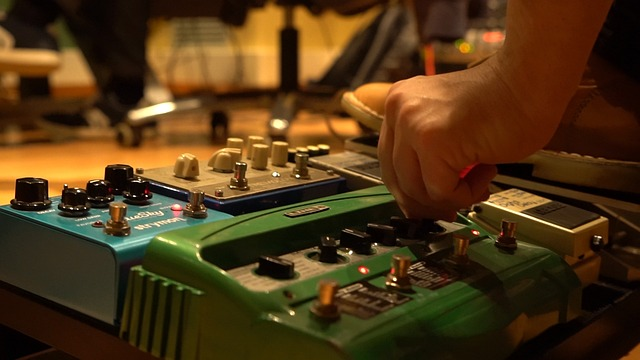

The placement of the envelope filter in your pedal chain can affect its sound and interaction with other pedals. Generally, it’s best to place the envelope filter after any distortion or overdrive pedals, but before any modulation or time-based effects. This allows the filter to shape the raw sound of the bass, without being affected by other effects that alter its waveform.
Who uses an envelope filter?
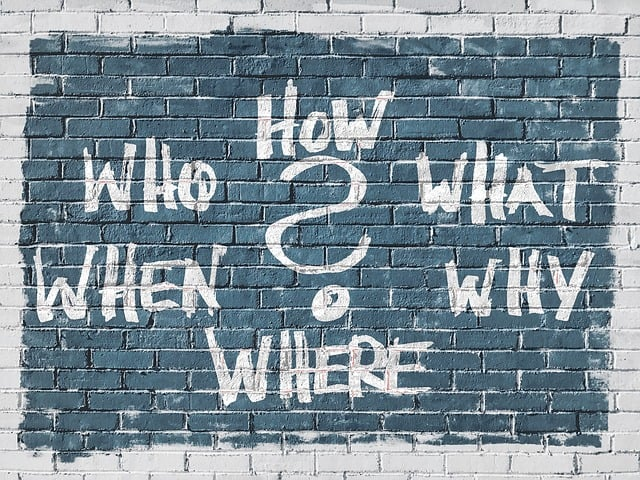

Envelope filters are commonly used by bassists and guitarists in a variety of genres, such as funk, R&B, soul, rock, jazz, and fusion. Some notable musicians who use envelope filters include Bootsy Collins, Flea, Marcus Miller, Geddy Lee, and John Mayer.
What does a guitar envelope filter do?
A guitar envelope filter works in the same way as a bass envelope filter, but is designed to work with the frequency range and timbre of a guitar. It can create a quacky and expressive sound that works well for genres like funk, rock, and psychedelia. A guitar envelope filter can be used to add texture and personality to your playing, or to create unique and experimental sounds.
What is an envelope filter?
An envelope filter is an effect that modifies the sound of an instrument by sweeping a filter up or down in response to the notes played. This creates a “wah” or “quack” sound that can be used to add texture, funkiness, and expressiveness to your playing. The envelope filter gets its name from the fact that it responds to the “envelope” of the sound, which includes the attack, sustain, and decay of the notes played.
What is the difference between Wah and envelope filter?
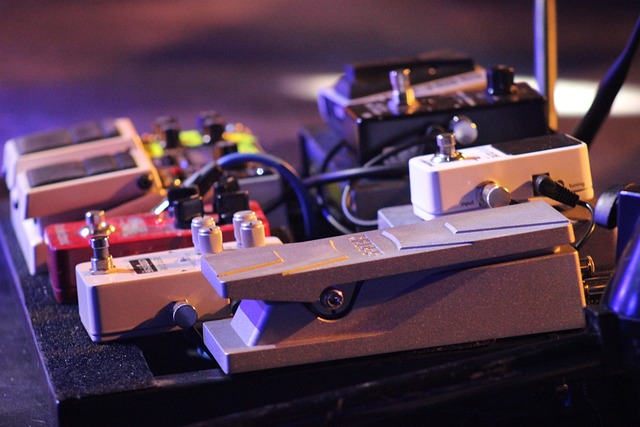

A wah pedal is a type of filter pedal that is controlled by a foot pedal, whereas an envelope filter is controlled by the dynamics of the input audio signal itself. A wah pedal creates a sweeping sound that mimics the sound of a human voice saying “wah,” whereas an envelope filter creates a sweeping sound that follows the shape of the input signal. Both effects can be used to create expressive and dynamic sounds, but have different control methods and sonic characteristics.
What is an envelope filter guitar pedal?
An envelope filter guitar pedal is an effect that modifies the sound of a guitar by sweeping a filter up or down in response to the notes played. It creates a “wah” or “quack” sound that can be used to add texture, funkiness, and expressiveness to your playing. The envelope filter guitar pedal is designed to work with the frequency range and timbre of a guitar, and can be used to create unique and experimental sounds.
What does a bass envelope filter pedal do?
A bass envelope filter pedal modifies the sound of a bass guitar by sweeping a filter up or down in response to the notes played. It creates a “wah” or “quack” sound that can be used to add texture, funkiness, and expressiveness to your playing. The bass envelope filter pedal is designed to work with the frequency range and timbre of a bass guitar, and can be used to create unique and experimental sounds.
What kind of pedal is an envelope filter?
An envelope filter is a type of filter pedal that modifies the sound of an instrument by sweeping a filter up or down in response to the notes played. It creates a “wah” or “quack” sound that can be used to add texture, funkiness, and expressiveness to your playing. Envelope filters come in different forms and designs, such as analog or digital, compact or large, and with various control options.
What does a bass envelope pedal do?
A bass envelope pedal modifies the sound of a bass guitar by sweeping a filter up or down in response to the notes played. It creates a “wah” or “quack” sound that can be used to add texture, funkiness, and expressiveness to your playing. The bass envelope pedal is designed to work with the frequency range and timbre of a bass guitar, and can be used to create unique and experimental sounds.
Where do you put the envelope filter pedal?
The placement of the envelope filter pedal in your pedal chain can affect its sound and interaction with other pedals. Generally, it’s best to place the envelope filter after any distortion or overdrive pedals in signal chain, but before any modulation or time-based effects. This allows the filter to shape the raw sound of the bass, without being affected by other effects that alter its waveform.
What does an envelope pedal do?
An envelope pedal modifies the sound of an instrument by sweeping a filter up or down in response to the notes played. It creates a “wah” or “quack” sound that can be used to add texture, funkiness, and expressiveness to your playing. The envelope pedal gets its name from the fact that it responds to the “envelope” of the sound, which includes the attack, sustain, and decay of the notes played.
How do you use a filter pedal?
To use a filter pedal, you typically turn the knob controls of the effect on and adjust the filter controls to your liking. The sensitivity control adjusts the threshold at which the effect controls the filter is activated. The decay control adjusts the speed at which the filter sweeps back to its original position. The Q control adjusts the resonance or “peakiness” of the filter. The dry/wet mix control adjusts the balance between the dry and filtered signal. The filter mode switch selects between different types of filters, such as hi-pass, band-pass, and low-pass.
What is the difference between auto wah and envelope filter?
An auto-wah pedal is a type of envelope filter that is triggered by the volume and dynamics of the input signal, rather than a foot pedal or expression pedal. The term “auto-wah” is often used to describe pedals that have an envelope filter mode, such as the BOSS AW-3 Dynamic Wah. Some musicians prefer auto-wah pedals because they are more intuitive and responsive to their playing. The main difference between an auto-wah and an envelope filter is the control method.
What does a bass filter do?
A bass filter is an effect that modifies the frequency range and timbre of a bass guitar. It can be used to cut or boost certain frequencies, or to create a unique and expressive sound. Bass filters come in different forms and designs, such as EQ pedals, envelope filters, and synth pedals.
Do I need a high-pass filter for bass?
A high-pass filter is a type of filter that attenuates or cuts frequencies below a certain point. In the context of bass guitar, a high-pass filter can be used to remove unwanted low frequencies or to create a more defined and punchy sound. Whether or not you need a high-pass filter depends on your playing style, genre, and personal preference.
What is a high-pass filter for bass?
A high-pass filter for bass is a type of filter that attenuates or cuts frequencies below a certain point. It can be used to remove unwanted low frequencies or to create a more defined and punchy sound. High-pass filters for bass come in different forms and designs, such as EQ pedals, compressor pedals, and preamp pedals.
MXR Bass Envelope Filter: Is it Worth the Investment? Our Honest Opinion
After reviewing the best envelope filter pedals on the market, it’s time to answer the question: is the MXR Bass Envelope Filter worth the investment? In my opinion, the answer is yes. The MXR M82 is a great value for the price, offering a versatile and intuitive control layout, as well as a warm and organic sound. It’s easy to dial in a variety of tones and textures, from subtle and funky to aggressive and experimental. The M82 is also built like a tank, with a rugged metal enclosure and high-quality components.
However, it’s worth noting that the MXR Bass Envelope Filter is not the most feature-rich or innovative envelope filter on the market. If you’re looking for more presets, control options, or MIDI compatibility, you might want to consider other pedals on this list, such as the Source Audio Spectrum Intelligent Filter or the Aguilar Filter Twin. But if you’re on a budget and want a solid and reliable envelope filter that sounds great and gets the job done, the MXR M82 is a great choice.
Conclusion
In conclusion, an envelope filter is a versatile and expressive effect that can add a lot of character and personality to your bass playing. There are many different envelope and filter types and pedals on the market, each with their own sonic characteristics and control options. The MXR Bass Envelope Filter is a great value for the price, offering a warm and organic sound, as well as a simple and intuitive control layout. However, there are other envelope filter pedals on the market that offer more features and tonal options. Ultimately, the best envelope filter for you depends on your playing style, genre, and personal preference.

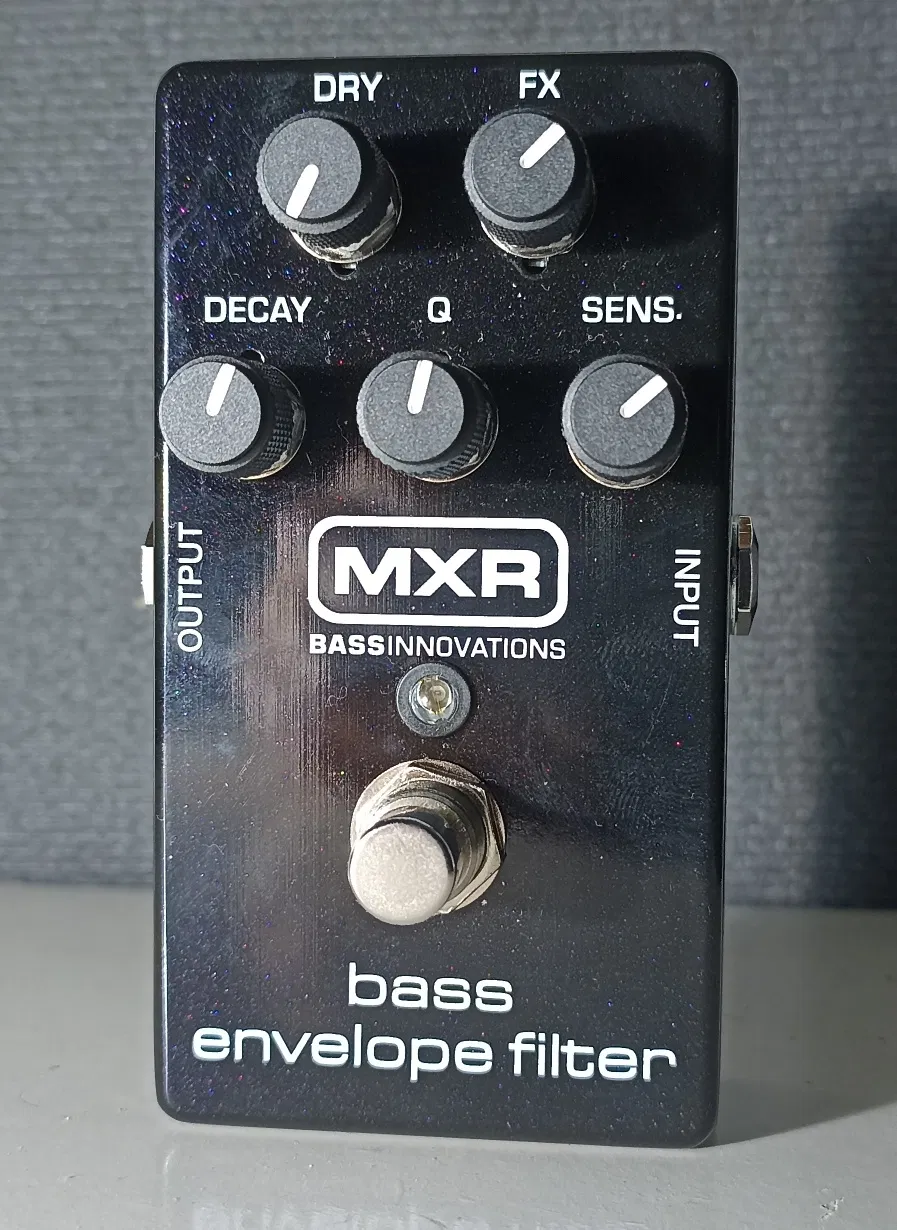









Leave a Reply